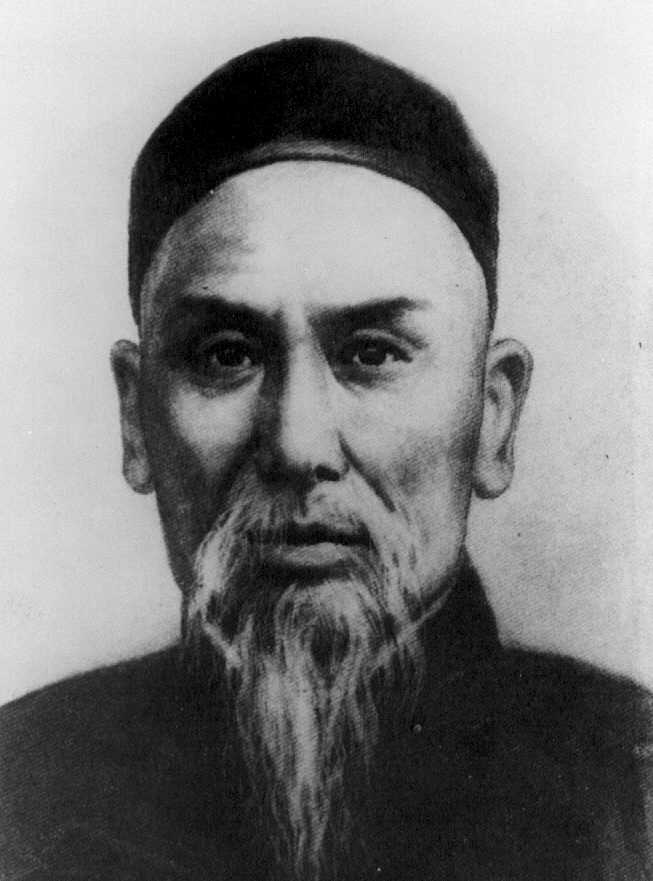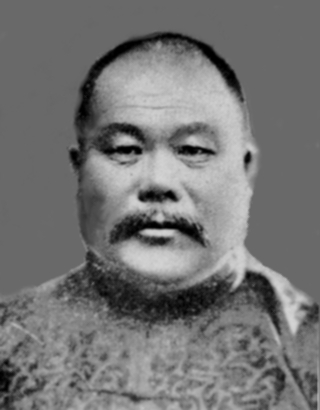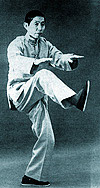Dragonfly Way Lineage 1 - The T'ai Chi Ch'uan (or Tai Ji Quan) Roots...
Yang Lu Chan (1799 - 1872) Founder of Yang family style Tai Ji Quan (T'ai Chi Ch'uan)

Yang Ch'eng Fu (1883 - 1936) Grandson of Yang Lu Chan - teacher of Cheng Man-ch'ing

What does Tai Chi instruction include?
Dragonfly Way provides a training programme of several different Chinese internal energy arts - known to the Taoists who developed them as Nei Jia.
This page outlines the Tai Chi practices taught:
Hand forms -these are what most people in the West think of when they hear about Tai Chi - scenes of people slowly and gracefully moving their arms and legs in circular patterns in early morning sunlight:
-
Dr. Chi Chiang Tao's Yang short form - comprises 71 movement patterns that are combined into a single flowing form - this takes between 6 months to a year to learn, around 8 - 10 minutes to execute, and a lifetime to master - although you will notice benefits after only a few weeks of daily practice
-
Yang traditional long form - comprises 148 movement patterns - including repetition of core sequences to embed the principles in the way you move - this takes around a year to learn the sequence - but considerably longer to develop the internal connections and energetic pathways. Execution can take from 25 minutes to an hour.
Copyright Joe Boake & Dragonfly Way 2020
Professor Cheng Man-ch'ing (1901 - 1975) first created the shortened Yang form which was popularised in the West from the 1960s onwards

Dr. Chi Chiang Tao ( 1919 - 1994) Vice President of Taiwan T'ai Chi Ch'uan Association, and principal student of Prof.Cheng Man-ch'ing, Dr. Chi reintegrated several moves from the traditional Yang Long Form into his short form - this form is the first Tai ji Quan form taught to Dragonfly Way practitioners

2 person practices - the other less well-known half of the Tai Chi coin - work with partners to develop sensitivity, range, timing etc:
- Posture testing - ensuring your body structure is correctly aligned
- Applications - martial use of postures/movements and transitions
- Tui Shou - Pushing Hands - four main energetic principles are practiced: Peng (Ward off), Lu (Roll back), Ji (Press/Squeeze) and An (Push)
- Sticking Hands - "listening", interpreting, yielding, neutralising, storing and issuing energy
- Da Lu - Four corners large Rollback - where Pushing Hands explores strategies and principles to resolve energy going forwards, backwards and to either side, Da Lu teaches ways to cope with energy in the four diagonal directions using Cai (Pluck/Pull-down), Lie (Split/Spiral), Zhou (Elbow) and Kao (Bump/Shoulder-stroke)
- San Shou A two-person form, each side is learned individually initially, then worked with a partner. This helps embed application and movement principles - in particular developing flow and mindful awareness. Once familiar, this form is then learned on the opposite side, enhancing ability to respond spontaneously to change.